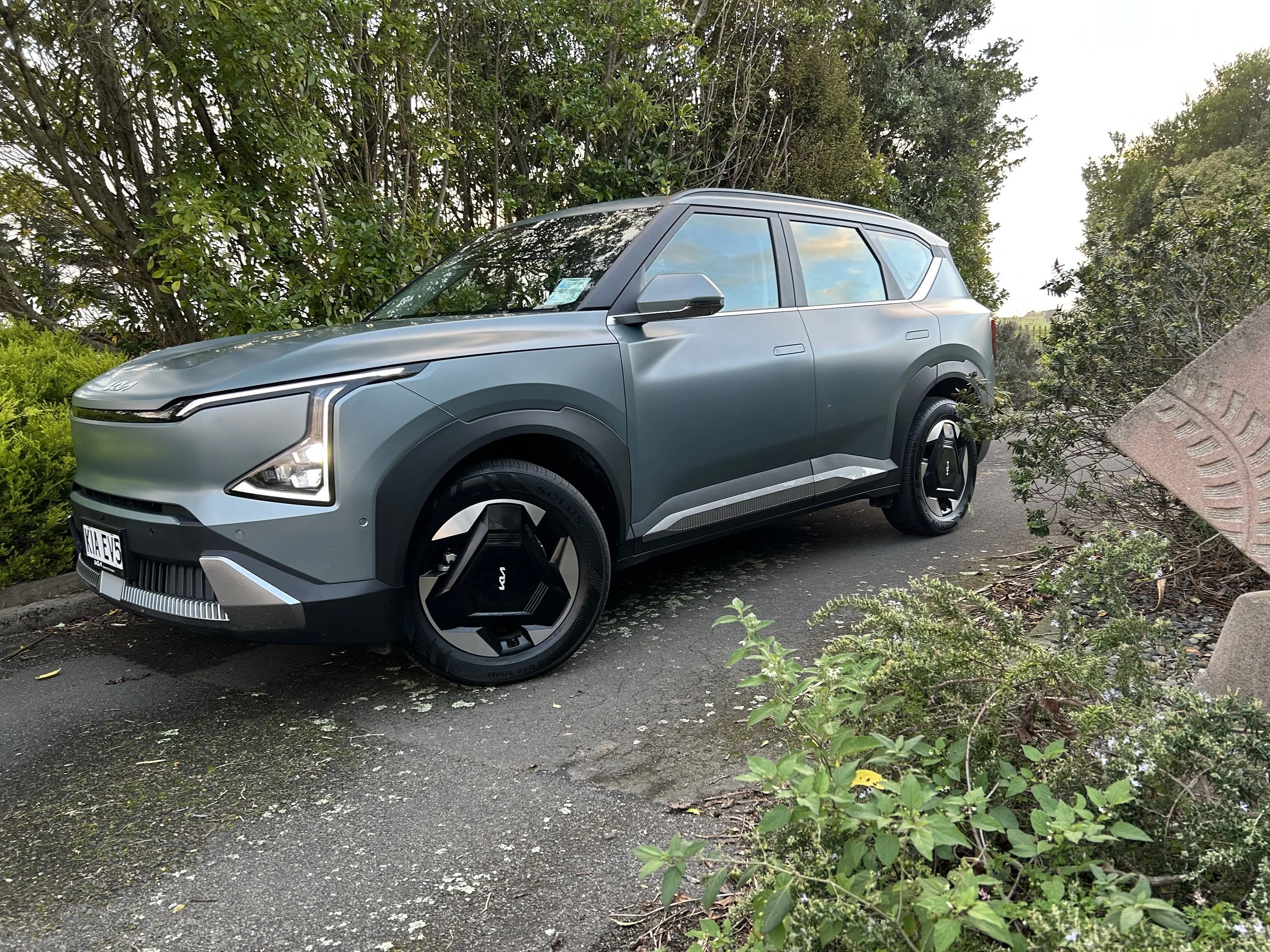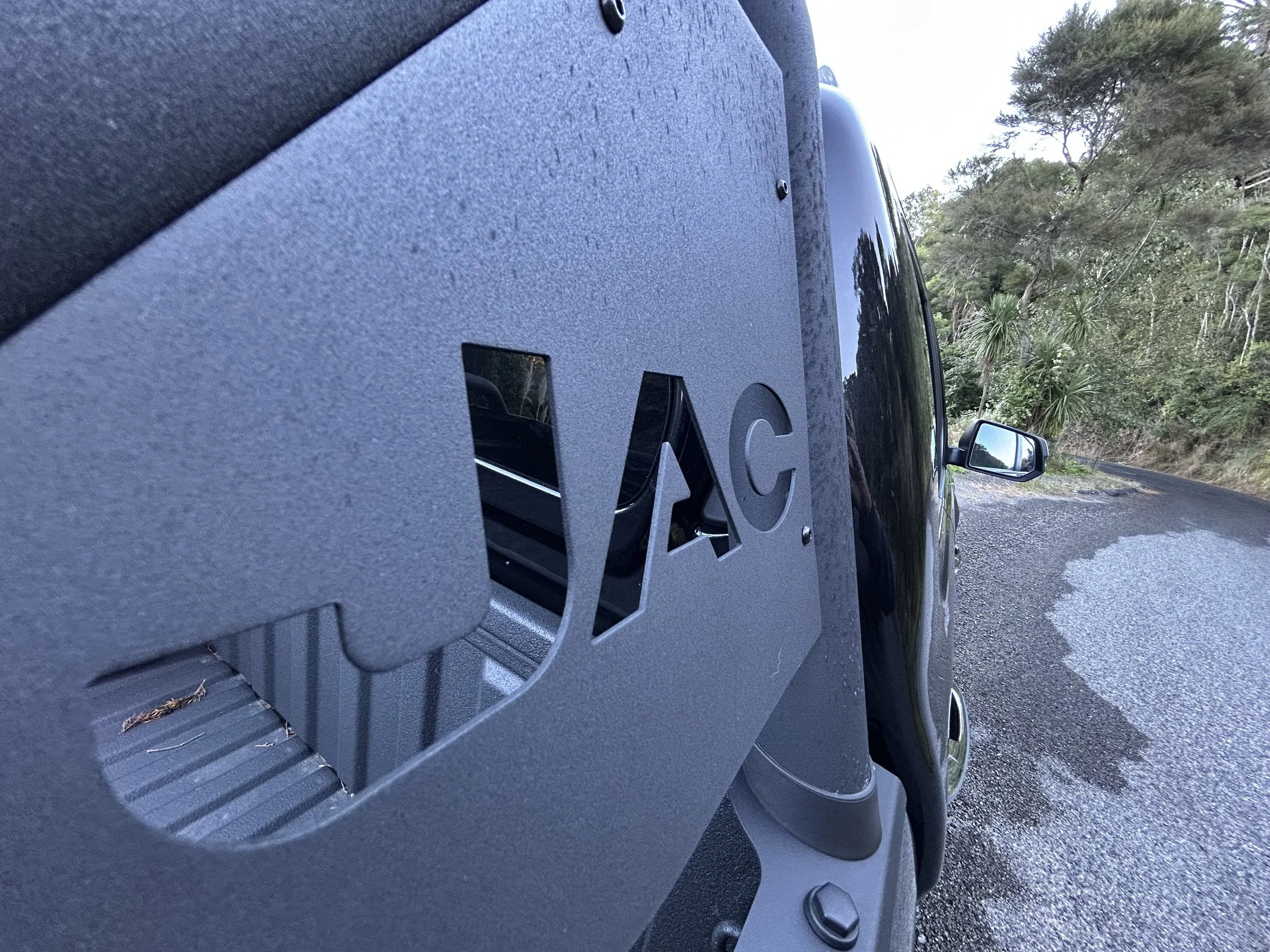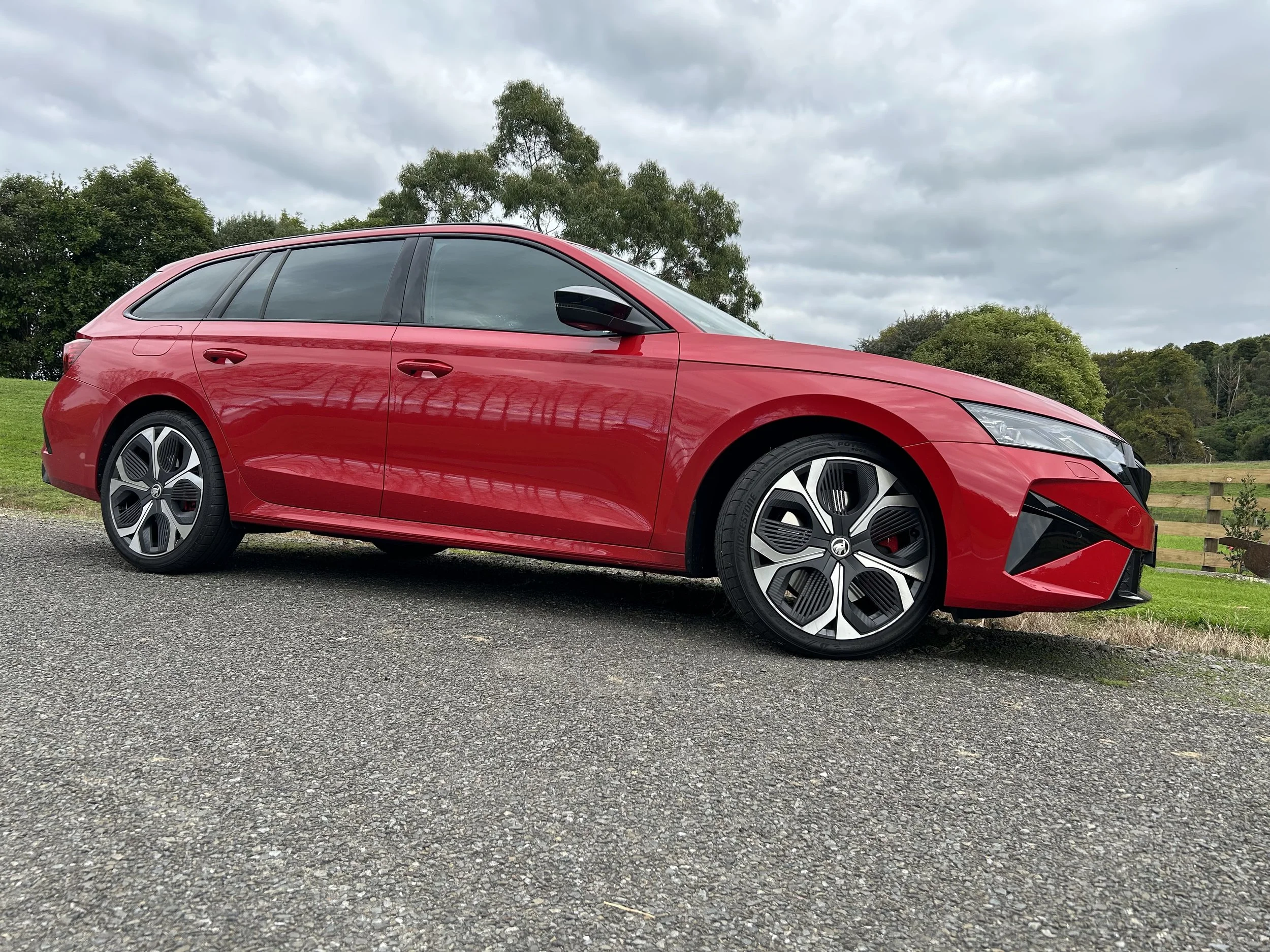Chery assault adds plug-in hybrid sister SUVs
/Tiggo 7 and Tiggo 8 are resetting access spend to petrol-electric tech.
PRICING for two plug-in hybrid cars from Chery has announced ahead of their local arrival and confirmed the make’s intent to undercut all rivals - including the export brand it also has here.
The Tiggo 7 (top) and Tiggo 8 (directly above) are medium-sized sports utilities featuring the same turbo-petrol-electric plug-in hybrid system which can run in pure-electric, series, parallel and energy-recovery modes.
The CSH - for Chery Super Hybrid - drivetrain comprises a 1.5-litre four-cylinder engine, a singular electric motor, an 18.3kWh battery pack and single-speed dedicated hybrid transmission, driving the front wheels and promising rapid charging.
The five seat Tiggo 7 will sell in two specifications, a $42,990 Urban and a highly specified $46,990 Ultimate, while the seven-seat (over three rows) Tiggo 8 is coming purely in Ultimate trim, for $51,990.
Tiggo 7 Urban’s sticker stands as the lowest full recommended retail for a PHEV currently sold here.
Rivals will logically include Toyota, whose RAV4 will soon have PHEV, MG - whose HS is about to switch to a new generation model - Mitsubishi, which sells the Eclipse Cross and Outlander PHEVs, BYD (Sealion 6) and also Jaecoo and Omoda, which are Chery-developed sub-brands developed for export markets.
Jaecoo’s equivalent of the Tiggo 7 is the J7 SHS, which is placing here in a single $49,990 guise.
Jaecoo and Omoda are sold by an independent distributor whereas Chery is a factory operation.
Jaecoo’s SHS application is identical to Chery’s CSH, but while power outputs are commonly cited at 105kW, the J7 appears to make 215Nm torque against 250Nm cited for the Chery. In both the electric motor has 150kW and 310Nm of torque and the maximum combined power and torque outputs appear to be common: 255kW and 525Nm.
The Tiggo 8 has a slightly superior pure electric range to the Tiggo 7.
However estimates of 95 and 93 kilometres provided by the brand are likely to be overly optimistic as these base on the discredited NEDC scale, which still applies in Australia - where Chery’s media office is based - but has less official relevance here.
An overall cited range of 1200km for Tiggo 8 also comes from using NEDC.
New Zealand’s preference for WLTP data is consistently ignored by Chery.
Jaecoo uses WLTP and has previously said this shows the J7 SHS should achieve 90kms’ electric range.
DC fast-charge compatibility, at up to 40kW, is cited with 30-80 percent boost in 20 minutes.
The entry Tiggo 7 has 18-inch alloy wheels, synthetic leather seats, acoustic windscreen glass, intelligent voice command, a six-speaker sound system, dual 12.3-inch displays, smartphone mirroring, a six-way powered driver’s seat and LED exterior lighting.
The Ultimate adds a panoramic sunroof (plus a powered sunshade), colour-selectable ambient lighting, heated and ventilated front seats, memory driver’s seat, an eight-speaker Sony sound system, 50W wireless charger, puddle lights, privacy glass and a 360-degree camera.
The Tiggo 8 offers 19-inch alloy wheels as standard, plus a 360-degree camera, heated and ventilated synthetic leather seats, the driver’s chair adding headrest speakers and a massaging function, a head-up display, panoramic sunroof with powered sunshade, privacy glass, illuminated scuff plates, a 50W wireless charger, colour-selectable ambient lighting, intelligent voice command, a 10-speaker sound system, 10.25-inch digital cockpit, a 15.6-inch infotainment unit, acoustic windscreen glass, puddle lights, six-way powered driver’s seat and LED exterior lighting.
Tiggo 7 and Tiggo 8 will release next month, to stand beside the make’s first product here, the Tiggo 4 small urban crossover.




















